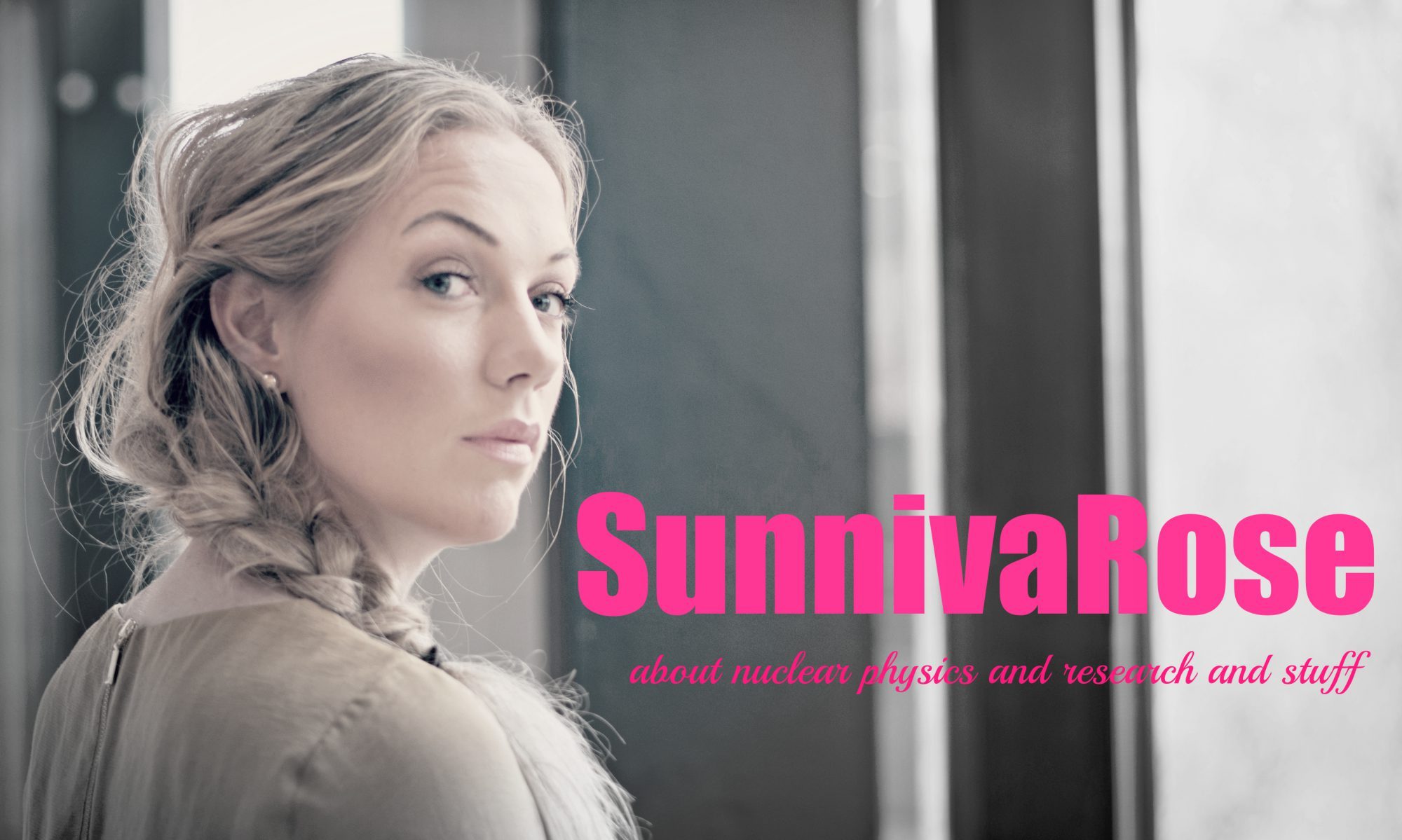Kategori: Uncategorized
Foredrag: Thorium Mythbusters
Thorium er et naturlig forekommende, lett radioaktivt materiale, som av mange har blitt sett på som redningen for kjernekraftens rykte, og løsningen på klimakrisen.
Å bruke thorium som brensel i kjernekraftverk kan ha flere fordeler, og det som ofte trekkes frem er bla:
- det fins fire ganger mer thorium enn uran i naturen
- man kan produsere mindre radioaktivt avfall
- sannsynligheten for en reaktor som "løper løpsk" er null
- man kan gjenvinne avfallet fra thorium-brensel
- thorium kan ikke brukes til våpenproduksjon
Men stemmer det virkelig at thorium er 200 ganger mer energitett enn uran? Og er thorium-ktaftverk tryggere enn konvensjonelle kjernekraftverk? Går thorium-tilhengerne for langt, og er kanskje thorium blitt vår tids teknologiske kult?
Foredraget tar for seg myter og misforståelser rundt kjernekraft generelt, og throium spesielt.
This week: Big Bang on Monday (and such) :D
@sunnivarose
< div style="-webkit-text-stroke-width: 0px; color: black; font-family: Times; font-size: medium; font-style: normal; font-variant: normal; font-weight: normal; letter-spacing: normal; line-height: normal; margin: 0px; orphans: auto; text-align: justify; text-indent: 0px; text-transform: none; white-space: normal; widows: auto; word-spacing: 0px;">I´m really really happy now, btw, and it has to do with my job situation (as a PhD student) - will tell you all about it when I know all the details... Again: happy Friday, and happy week-end - we´ll soon leave the lab for a couple of beers at Le Gichet (love the Bière Blanche) :)





























